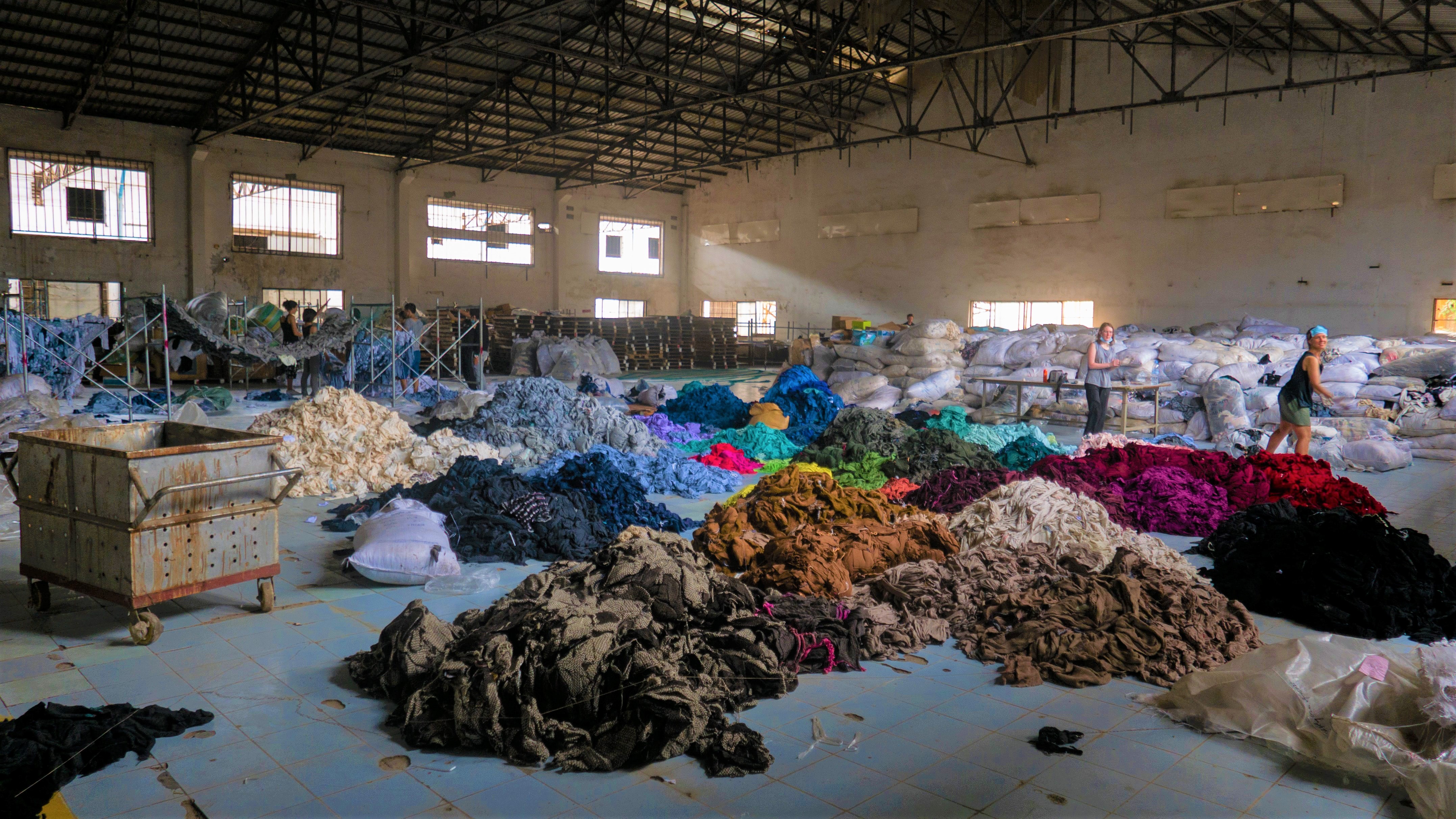How to reduce the impact of fashion on the environment?
After the oil industry, the fashion industry is one of the biggest polluters in the world. As the fashion industry grows, so does the damage to the environment. The fashion industry must take greater responsibility for sustainability because it is a major contributor to climate change. Less than one percent of clothes are recycled to make new clothes, but the production of greenhouse gases is increasing every day. Here are some actual statistics that reveal the harsh reality of our glamorous veil of fashion industry;

Textile waste
- The total annual production of textile waste is estimated to be over 26 million tonnes. The market for the recycling of secondhand clothes has huge potential; the maximum revenue could be as high as RMB60 billion.
- In the UK, used clothing accounts for approximately 350,000 tonnes of landfilled textiles, estimated to be worth £140 million.
Natural Resources
- World Bank estimates that textile dyeing and treatment contributes up to 17-20 percent of total industrial water pollution.
- World Bank estimates that textile dyeing and treatment contributes up to 17-20 percent of total industrial water pollution.
Chemicals and Pollution
- The carbon footprint of one T-shirt is estimated to be approximately 15 kg. This means that a T-shirt’s carbon footprint is approximately 20 times its own weight
- An estimated 8,000 different synthetic chemicals are used throughout the world to turn raw materials into textiles, many of which may be released into freshwater systems
How to reduce the environmental impact?

Implementation of Extended Producer Responsibility (EPR) schemes
An EPR scheme is a regulatory measure which involves setting fees so companies pay for the costs associated with the end-of-life management of their products. To date, this mechanism has mostly been applied to packaging and electronics. Now, EPR is expected to be a key legal instrument put forward in the coming weeks in the European Commission’s EU Strategy for sustainable textiles.
- Fees that drive real change
The fees should also be designed in a way to drive change in product design. Regulators can incentivise the uptake of certain products and practices through modulating fees on certain environmental criteria, such as durability and recyclability. - Set performance targets that respect the waste hierarchy
Recycling targets should be set as a proportion of material that is not reused, in order to comply with the waste hierarchy. - Support closed-loop recycling, instead of downcycling
Closed-loop recycling (such as clothing-to-clothing recycling) and associated targets will be required to support a truly circular economy for textiles. As such, targets must evolve in a stepwise manner to steadily increase the proportion going to closed-loop recycling.
Development of Sustainable Fashion Market
The soft-spoken Otto von Busch, Professor at Parsons School of Design in New York City is an avid critic of the fashion industry, but finds in the figure of the designer a crucial potential for change. Not least by changing comsumer psychology, Mr. von Busch discovers ways to remodel our relationship to our clothes and their production.
“Right now the idea of sustainability means to sustain the existing business-model. A perpetual flow of ever more garments. To increase the flow we have even gotten rid of seasons. Let’s imagine an ideal state of the current model, where garment production does no environmental harm“
Move Away from The Fossil Fashion Production Model
Find effective legislative solutions that put the fashion industry on a more sustainable course and bring it full circle. The Covid 19 pandemic has highlighted the shortcomings of the fashion industry’s short-term business model, but the crisis also presents an opportunity for change. Fashion brands need to take responsibility for what happens in their supply chains and take full responsibility for what happens to their clothes at the end of their lifecycle – in line with the polluter pays principle.
The European Commission has announced that it will publish a comprehensive European Textile Strategy later this year. This strategy provides a unique opportunity to address the global impact of fast fashion by decoupling the fashion industry from fossil fuels, ensuring that the industry shifts to responsible production based on the sustainable use of fibers, and slowing down production by switching to more durable clothing with higher reuse rates and effective recycling.
To Learn More….
Read from the below books to understand more about the relationship between fashion and our planet!

Comments (0)